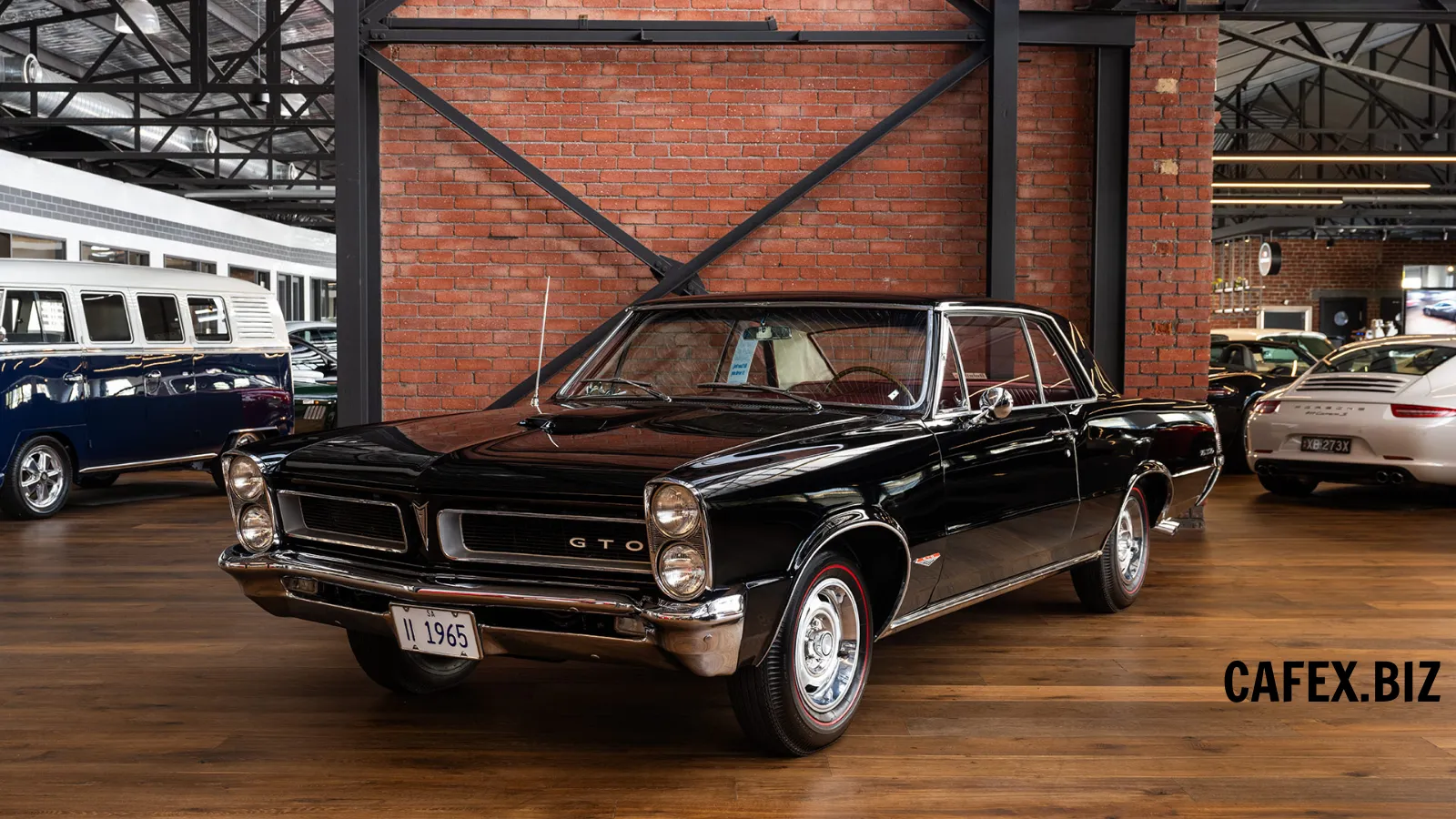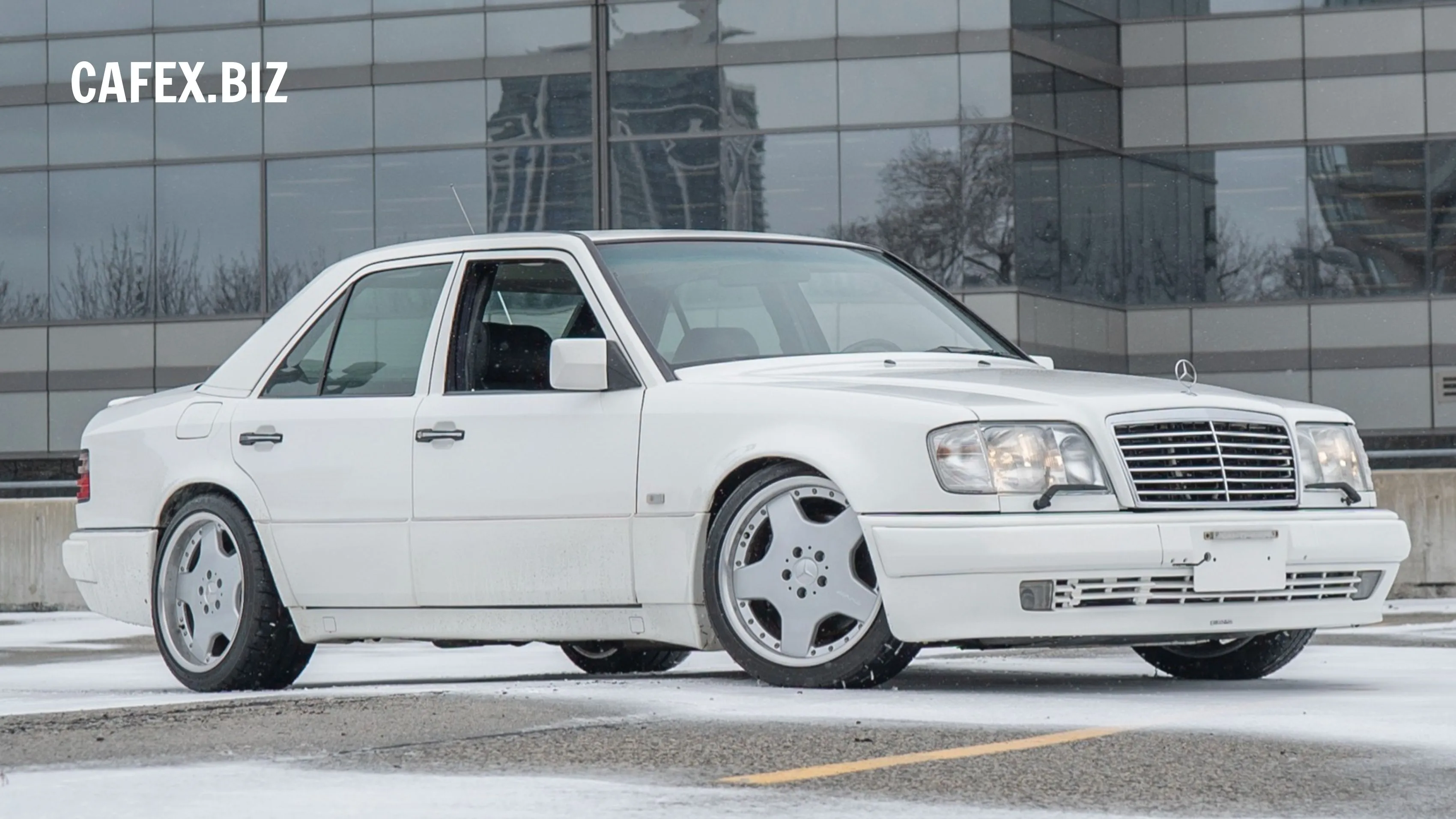The BMW 3 Series, specifically the E30 generation produced from 1983 to 1994, is a beloved classic car among enthusiasts and everyday drivers alike. In this article, we will explore the history, design, performance, and legacy of this iconic vehicle.
-1686382631x1024.jpg)
1. History
The first-generation BMW 3 Series, the E21, was a huge success for BMW. By the late 1970s, however, it was becoming clear that a successor was needed to keep up with the competition. The E30 was conceived as a more modern and refined version of the E21, and development began in 1978. After several years of design and engineering, the E30 was unveiled to the public in 1982 at the Frankfurt Motor Show and went on sale in Europe in 1983.
-1686382656x1024.jpg)
From the outset, the E30 was designed to cater to a wide range of customers. BMW offered the car in several body styles, including a 2-door coupe, 4-door sedan, 5-door station wagon (called the "Touring"), and a 2-door convertible. The lineup also included numerous engine options, from fuel-efficient four-cylinders to powerful inline-sixes, as well as diesel options. This broad range of choices allowed the E30 to appeal to a wide variety of buyers, from families and commuters to driving enthusiasts.
-1686382723x1024.jpg)
2. Design
The design of the E30 is often praised for its timeless and understated elegance. It is often regarded as timeless and iconic. The car's styling was overseen by Claus Luthe, BMW's chief designer at the time. The E30 retained the basic shape and proportions of the E21 but featured several key updates that gave it a more modern look.
-1686382759.jpg)
Exterior Design
The E30 had a distinctive and recognizable appearance with clean lines and a boxy shape. It had a compact size and a short front overhang, giving it a sporty and agile look. The front end featured a kidney-shaped grille, flanked by rectangular headlights. The twin headlights were integrated into the grille, giving the car a distinctive face. The body was well-proportioned with a balanced stance and smooth contours.
-1686382784x1024.jpg)
Body Styles
The E30 was available in various body styles to cater to different customer preferences. The two-door sedan, known as the "Coupe," was the first model introduced. It featured a sleek profile with frameless windows, giving it a sporty and elegant appearance. Later, the four-door sedan and convertible versions were added to the lineup, offering more versatility and options for buyers.
-1686382822x1024.jpg)
Aerodynamics
The E30 was designed with aerodynamics in mind to enhance performance and fuel efficiency. It featured a sleek roofline, flush glass, and carefully sculpted body panels to reduce drag. The aerodynamic design contributed to improved handling and stability at higher speeds.
Interior Design
The interior of the E30 was known for its driver-focused layout and high-quality materials. The dashboard had a clean and functional design, with clear gauges and controls within easy reach of the driver. The seats were well-bolstered and offered good support, providing a comfortable driving experience. The interior was also known for its solid build quality and attention to detail.
-1686382890x1024.jpg)
M3 Variant
One of the most notable design variations of the E30 was the M3 model, which had a more aggressive and sporty appearance. It featured flared wheel arches to accommodate wider tires, a deeper front spoiler, a rear spoiler, and side skirts. These design elements not only enhanced the aesthetics but also improved aerodynamics and stability at high speeds.
-1686383176.jpg)
4. Engine and Performance
The BMW 3 Series E30, produced from 1983 to 1994, offered a range of engines to cater to different performance and fuel efficiency preferences. Here are some of the notable engine options available for the E30:
Four-Cylinder Petrol Engines
The E30 initially debuted with the M10 engine, which was a 1.8-liter four-cylinder unit producing around 101 horsepower (in the 318i model). b. M40: In 1987, BMW introduced the M40 engine, available in 1.6-liter and 1.8-liter variants. These engines featured improved fuel injection systems and produced between 101 to 113 horsepower.
-1686383200.jpg)
Six-Cylinder Petrol Engines
The M20 engine was a six-cylinder unit available in various displacements. The 2.0-liter version (320i) produced around 123 horsepower, while the 2.3-liter version (323i) offered approximately 138 horsepower. Later, the 2.5-liter variant (325i) was introduced, producing around 168 horsepower.
-1686383218.jpg)
Diesel Engines
BMW offered diesel engine options for the E30 as well. The M21 engine was a 2.4-liter inline-six turbocharged diesel engine. It was available in different power outputs, ranging from approximately 84 to 114 horsepower, depending on the specific model and tuning.
-1686383310x1024.jpg)
Acceleration
The acceleration of the E30 varied depending on the engine and model. The 318i, equipped with a 1.8-liter four-cylinder engine, could accelerate from 0 to 60 mph (0 to 97 km/h) in approximately 10 seconds. The higher-performance models, such as the 325i and the M3, offered quicker acceleration, with 0 to 60 mph times ranging from around 7 to 7.5 seconds.
-1686382933.jpg)
Top Speed
The top speed of the E30 also varied depending on the engine and model. The 318i had a top speed of around 115 mph (185 km/h), while the more powerful 325i and M3 models could reach top speeds of approximately 130 to 140 mph (209 to 225 km/h).
-1686382955.jpg)
Handling
The E30 was known for its excellent handling and agility. Its rear-wheel-drive layout, well-tuned suspension, and balanced weight distribution contributed to its sporty driving dynamics. The E30 offered precise steering and responsive handling, making it enjoyable to drive on winding roads and tracks.
-1686383330x1024.jpg)
M3 Performance
The E30 M3, the high-performance variant of the E30, was particularly renowned for its performance capabilities. The M3 featured a high-revving 2.3-liter four-cylinder engine that produced between 192 to 215 horsepower, depending on the specific version. It offered exceptional acceleration, with 0 to 60 mph times around 6 seconds or less, depending on the model year. The M3 also had a higher top speed, reaching approximately 140 to 155 mph (225 to 250 km/h).
5. Legacy of BMW 3 Series - E30 (1983 to 1994)
The BMW 3 Series E30, produced from 1983 to 1994, has left a lasting legacy in the automotive world. Here are some key aspects of the E30's legacy:
Design Icon
The E30's design has become iconic and recognizable. Its clean and timeless lines have aged gracefully, and the E30 is still considered one of the most attractive and well-proportioned models in the BMW 3 Series lineup. Its design elements, such as the twin headlights and kidney grille, have become synonymous with the BMW brand.
Sporting Heritage
The E30 played a significant role in establishing BMW's reputation for producing sporty, driver-focused vehicles. It offered engaging driving dynamics, precise handling, and a balanced chassis. The E30's motorsport success, particularly with the high-performance M3 variant, further solidified its sporting credentials and cemented its place in motorsport history.
-1686383006x1024.jpg)
Motorsport Success
The E30 M3 achieved remarkable success in motorsport, particularly in touring car racing. It dominated various championships, including the German DTM series and the World Touring Car Championship (WTCC). The M3's motorsport achievements showcased the capabilities of the E30 platform and helped enhance the BMW brand's performance image.
-1686383029.jpg)
Legacy in the 3 Series Lineup
The E30's legacy extends to the entire BMW 3 Series lineup. It set the foundation for future generations of the 3 Series by establishing a design language, performance expectations, and a focus on driver engagement. The E30's influence can be seen in subsequent iterations of the 3 Series, which have built upon its success.
Symbol of the '80s and '90s
The E30 represents a distinctive era in automotive design and culture. Its boxy yet elegant design, clean lines, and iconic features encapsulate the aesthetics of the '80s and '90s. The E30's presence on the roads during that time contributed to its cultural impact and recognition.
-1686383049x1024.jpg)
Iconic Pop Culture References
The E30 has made appearances in various movies, TV shows, and music videos, further solidifying its cultural significance. It has been featured in films like "Ronin" and "Love Actually," where it embodies a sense of style, performance, and sophistication. Its appearances in pop culture have helped elevate its status and increase its recognition among a broader audience.
-1686383067x1024.jpg)
Enthusiast and Car Club Community
The E30 has cultivated a dedicated enthusiast community that celebrates its heritage and preserves its legacy. Enthusiast clubs, forums, and gatherings dedicated to the E30 have formed worldwide, fostering a sense of camaraderie and shared passion among owners and fans. This community contributes to the cultural significance of the E30 by keeping its spirit alive and creating a sense of belonging for its enthusiasts.
-1686383096x1024.jpg)
Influence on Automotive Design
The E30's design and engineering innovations have had a lasting impact on the automotive industry. Its clean lines, balanced proportions, and driver-focused cockpit have influenced subsequent generations of BMW 3 Series and other compact executive cars. The E30's cultural significance lies in its role as a design and performance benchmark that has shaped the evolution of the automotive landscape.
-1686383115.jpg)
Symbol of Driving Pleasure
The E30 embodies the BMW brand's reputation for producing vehicles that offer a balance of performance, handling, and driver engagement. Its precise steering, responsive handling, and spirited driving dynamics have made it a symbol of driving pleasure. The cultural significance of the E30 lies in its representation of the joy and exhilaration associated with the driving experience.
-1686383144x1024.jpg)
6. Conclusion
The BMW 3 Series E30 was a groundbreaking car that set new standards for performance, design, and handling. Its timeless boxy shape, excellent driving dynamics, and rich motorsport heritage have made it a beloved classic car among enthusiasts worldwide.
-1686382617.jpg)
-1686385257x1024.jpg)


-1687060551x1024.jpg)